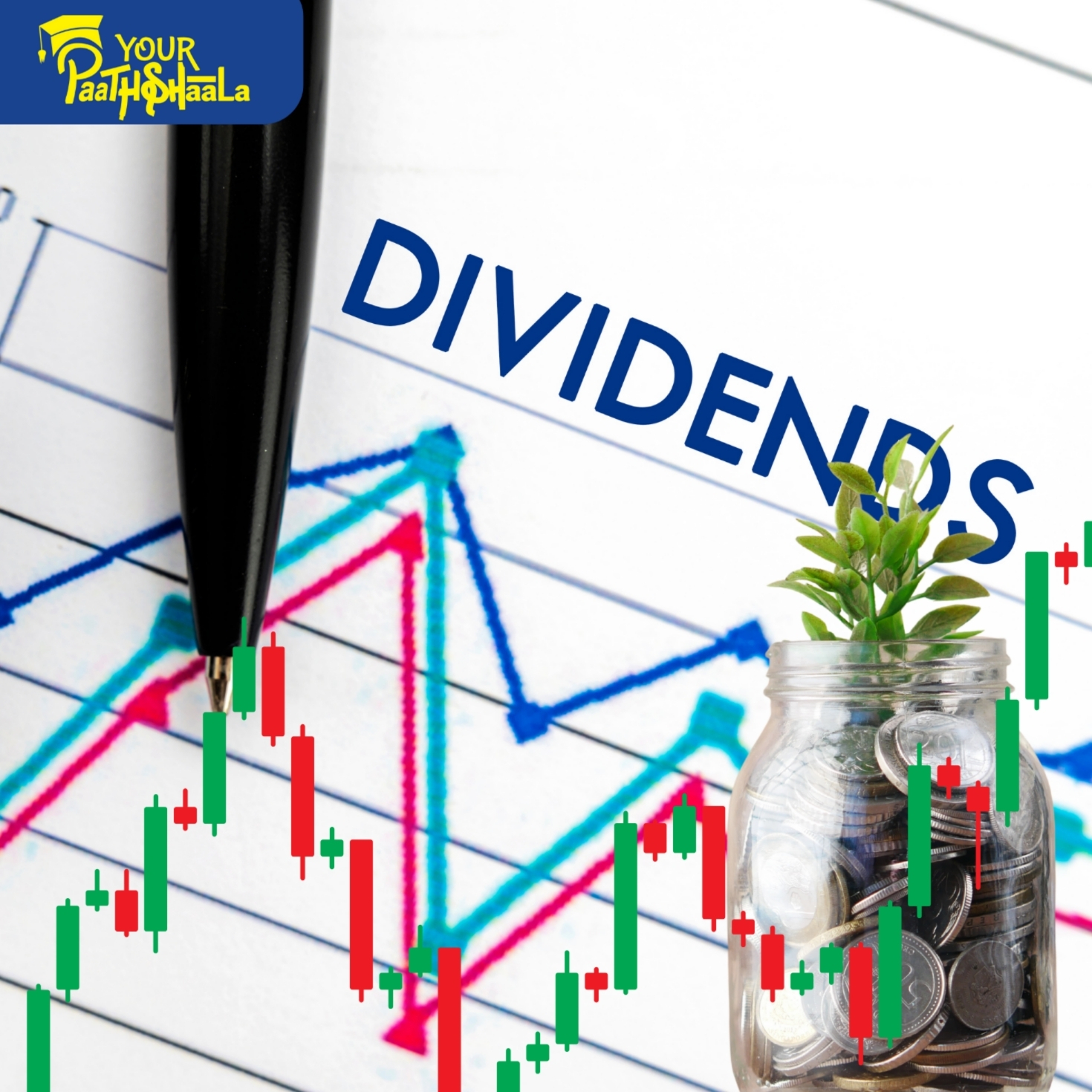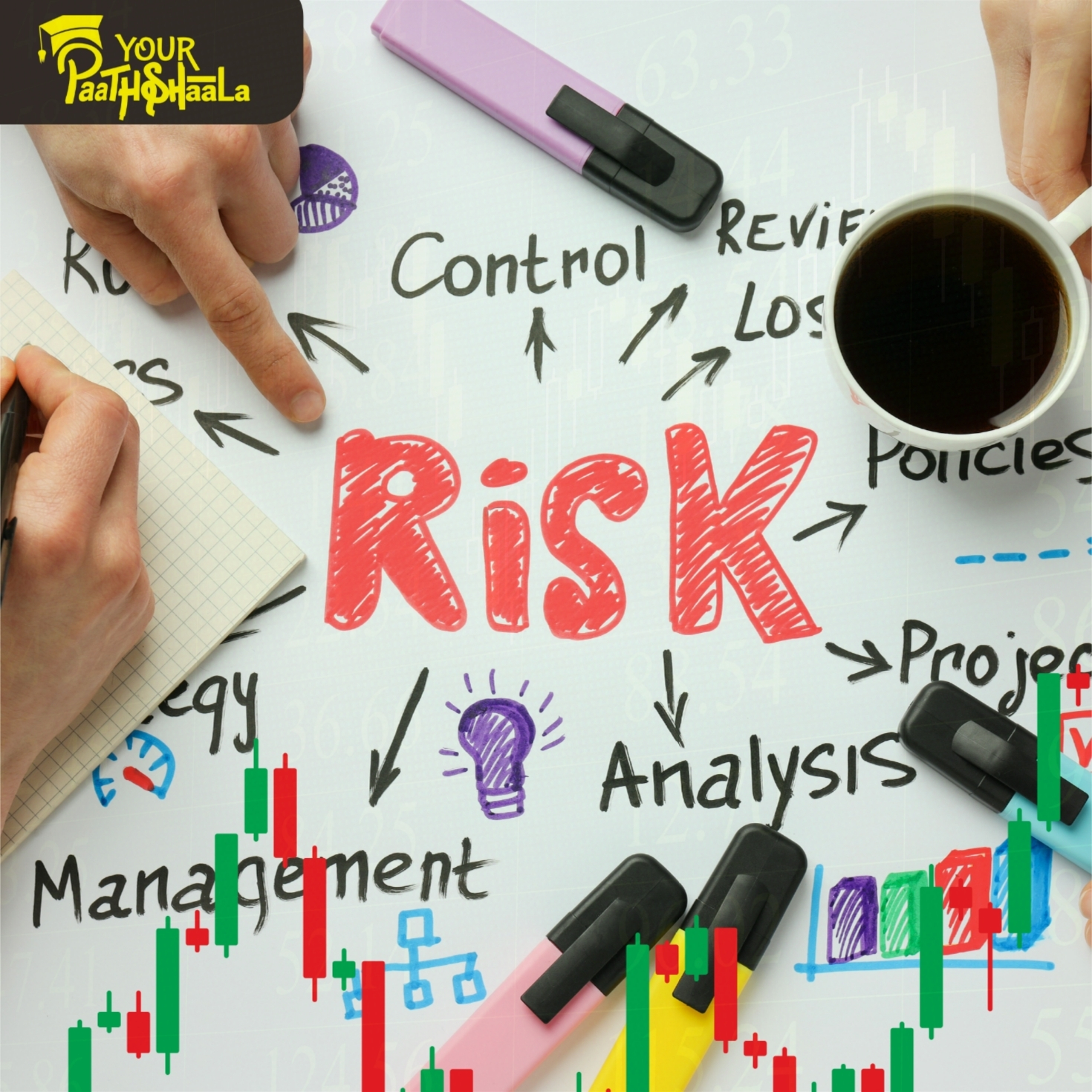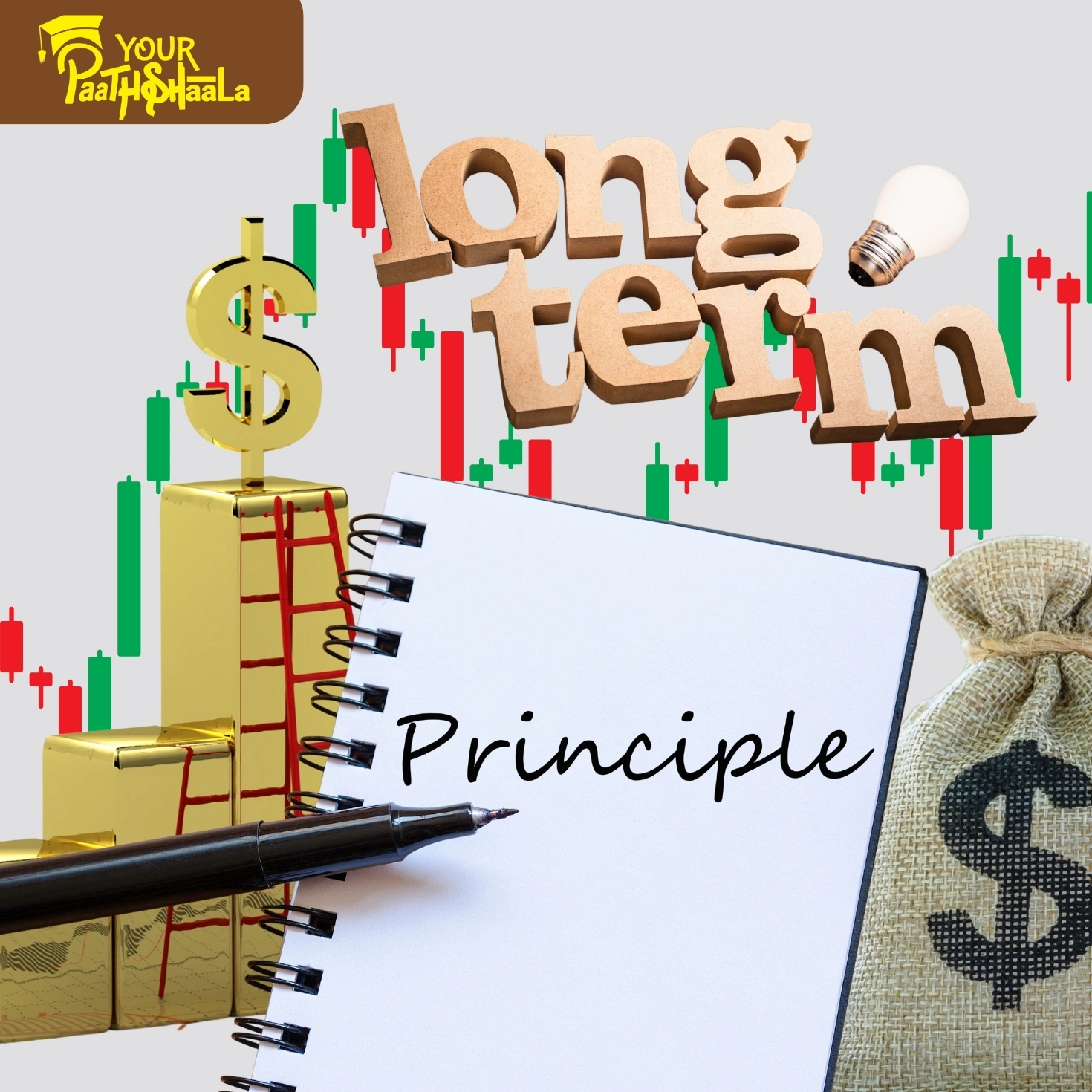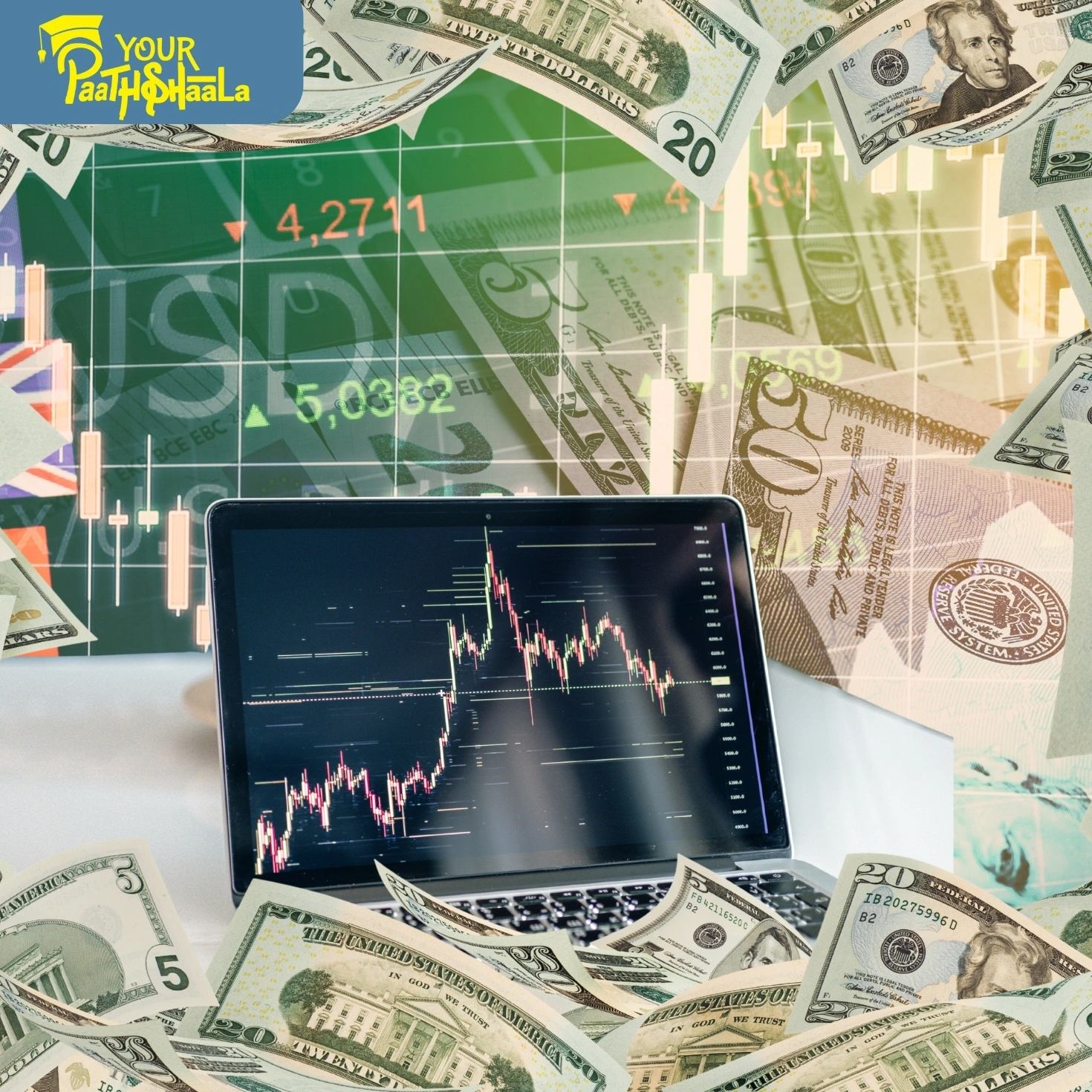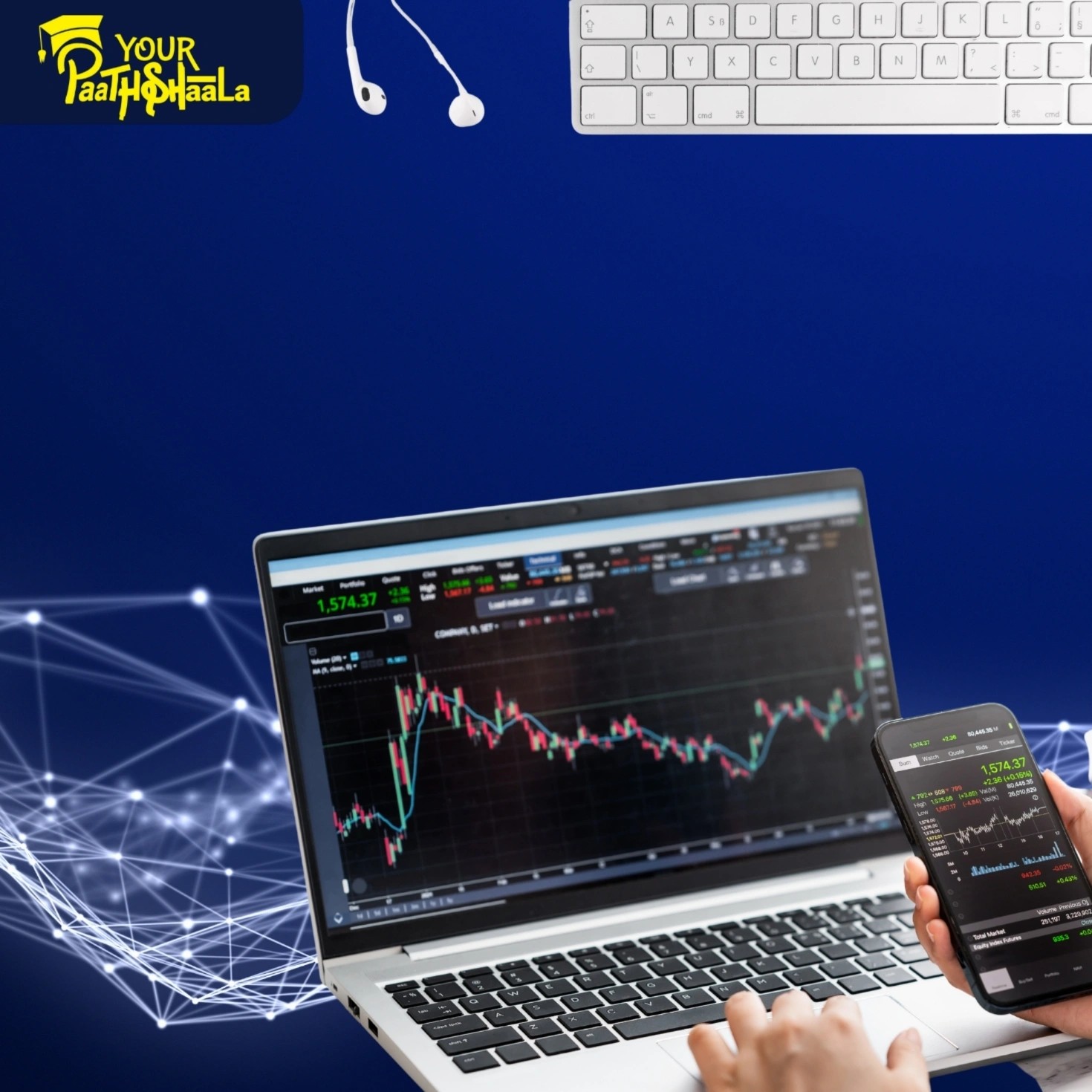Global Economic Indicators: Learn How the World Impacts Markets in 2025
Global economic indicators shape markets by revealing the health and direction of economies worldwide. As of September 16, 2025, GDP growth rates, inflation levels, and employment data are critical signals for investors, influencing stock prices, bond yields, and portfolio strategies. This 2000-word guide simplifies these concepts with three core principles: strong economies boost stocks, weak economies pose challenges, and tracking indicators leads to smarter investing. Offering actionable insights for beginners and seasoned investors, this guide empowers you to navigate global markets. Ready to understand how the world moves markets? Let’s dive into global economic indicators.
What are Global Economic Indicators?
Global economic indicators are metrics that reflect economic activity and influence financial markets. GDP growth rates show overall economic health, inflation levels impact purchasing power and central bank policies, and employment data reveals consumer spending capacity. With markets facing volatility (VIX at 18, per CBOE) and poor investment decisions costing retail investors 15% of returns in 2024, per Bloomberg, understanding these indicators is essential for making informed choices in 2025’s dynamic financial landscape.
Key Strategies for Using Global Economic Indicators
To excel in using economic indicators, focus on three key strategies: tracking GDP growth for economic health, monitoring inflation for policy impacts, and analyzing employment data for consumer strength. Below, we explore each in detail.
1. Tracking GDP Growth: Strong Economy = Good for Stocks
GDP growth rates measure an economy’s output, signaling its health and market potential. Strong GDP growth, like the U.S.’s 2.5% in 2024, per FRED, typically boosts stock markets, while weak growth signals caution. For example, robust GDP often lifts ETFs like SPY (S&P 500).
How to Track GDP Growth
Monitor GDP reports from FRED, World Bank, or Bloomberg Terminal for real-time data.
Invest in broad-market ETFs like VTI (total market) during strong GDP growth periods.
Compare GDP trends across regions to identify high-growth markets like emerging economies (IEMG).
Diversify across global ETFs (VEU) and stable assets like bonds (BND) to balance risks.
GDP tracking guides allocations but can lag real-time conditions, so pair with other indicators.
2. Monitoring Inflation: Impact on Purchasing Power and Policies
Inflation levels, like the 3.5% CPI in 2024, per FRED, affect purchasing power and central bank policies, influencing interest rates and asset prices. High inflation often prompts rate hikes, impacting bonds and stocks, while low inflation supports growth assets.
How to Monitor Inflation
Track CPI or PPI data via FRED or Bloomberg for inflation trends.
Invest in inflation-resistant assets like TIPS (TIP ETF) or commodities (DBC) during high inflation.
Monitor central bank announcements, like Federal Reserve updates, for rate change signals.
Diversify across inflation-sensitive sectors like energy (XLE) and stable sectors like utilities (XLU).
Inflation monitoring informs strategy but faces unpredictability, so stay updated on policy shifts.
3. Analyzing Employment Data: Consumer Spending and Momentum
Employment data, such as unemployment rates or payroll growth, reveals consumer spending capacity, a key driver of economic momentum. For instance, U.S. unemployment at 4.2% in 2024, per BLS, supported consumer-driven ETFs like XLY (consumer discretionary).
How to Analyze Employment Data
Review employment reports from BLS, Eurostat, or X posts for real-time insights.
Invest in consumer-focused ETFs like VCR (Vanguard Consumer Discretionary) during low unemployment.
Track wage growth to gauge spending power and economic strength.
Diversify across consumer sectors and defensive assets like bonds (AGG) to balance risks.
Employment data signals opportunities but can be volatile, so integrate with broader indicators.
Risks and Challenges in Using Global Economic Indicators
Leveraging economic indicators offers clarity but comes with challenges:
Data Lags: Indicators like GDP may reflect past conditions, missing real-time shifts.
Market Volatility: Rapid swings (VIX at 18, per CBOE) can outpace indicator signals.
Global Variations: Indicators differ across regions, complicating comparisons.
Policy Uncertainty: Unexpected central bank moves can disrupt strategies.
To mitigate risks, diversify across assets, use real-time data sources, and monitor global trends. Professional guidance can enhance execution.
Tools and Resources for Global Economic Indicators
To excel in using economic indicators, leverage these tools:
Economic Data Platforms: Use FRED, Bloomberg Terminal, or World Bank for GDP and inflation data.
Investment Platforms: Access ETFs via Vanguard or Fidelity for indicator-aligned portfolios.
Analytics Tools: Leverage TradingView or Morningstar for market and employment insights.
Educational Resources: YourPaathshaala offers practical lessons and free demo classes.
These tools, paired with disciplined research, can enhance your indicator-based investing strategy.
Why Global Economic Indicators Matter in 2025
As of September 16, 2025, global economic indicators are critical for navigating volatile markets. Poor investment timing due to misreading indicators cost retail investors 15% of returns in 2024, per Bloomberg, while indicator-aware portfolios outperformed by 7%, per Morningstar. With economic pressures (3.5% CPI, per FRED) and market volatility (VIX at 18, per CBOE), tracking GDP, inflation, and employment ensures smarter, more resilient investment choices in 2025.
Getting Started with Global Economic Indicators
Ready to understand how the world impacts markets? Follow these steps:
- Learn Indicator Basics: Study GDP, inflation, and employment dynamics.
- Choose a Platform: Select a broker or analytics tool with reliable economic data.
- Start Small: Test indicator-based strategies with a small, diversified portfolio.
- Diversify: Spread investments across growth, defensive, and global assets.
- Seek Education: Join YourPaathshaala’s free demo classes for practical lessons, located near Anjali Children Hospital, Tagore Nagar, Mathpurena, Raipur, Chhattisgarh, PIN code: 492001.
Conclusion
Mastering global economic indicators—through tracking GDP growth, monitoring inflation, and analyzing employment data—empowers investors to understand how the world shapes markets in 2025. By following simple principles—strong economies boost stocks, weak economies pose challenges, and tracking indicators leads to smarter decisions—you can build resilient portfolios. Despite challenges like data lags or market volatility, diversified strategies and reliable tools can lead to success. Explore these concepts with YourPaathshaala’s clear, practical lessons and free demo classes to address your doubts.
Visit YourPaathshaala
Near 🏥 Anjali Children Hospital, Tagore Nagar, Mathpurena, Raipur.
📫 PIN code: 492001, Chhattisgarh
📞 Click the Call Now to contact us!


